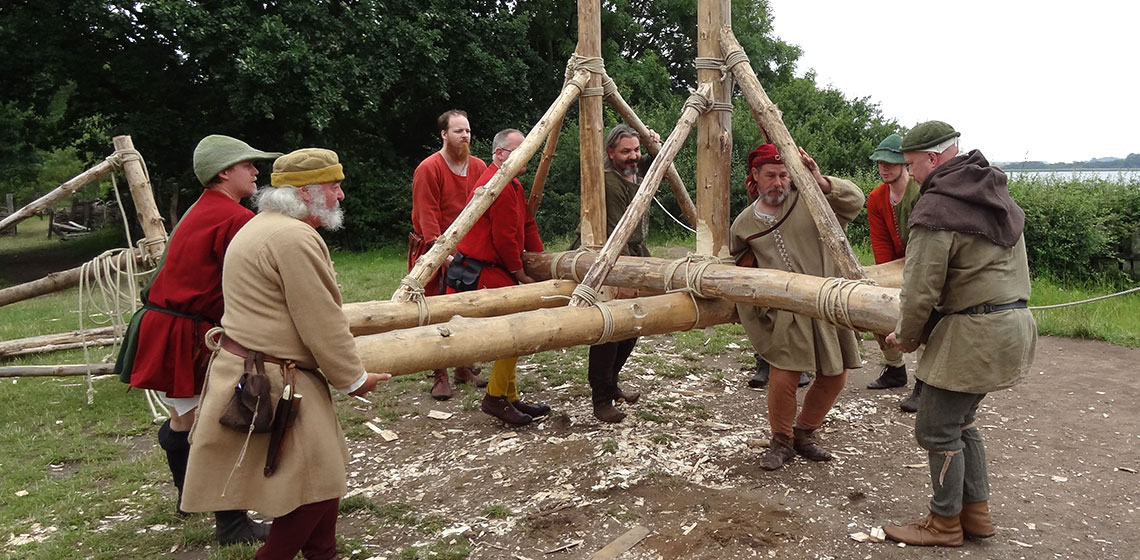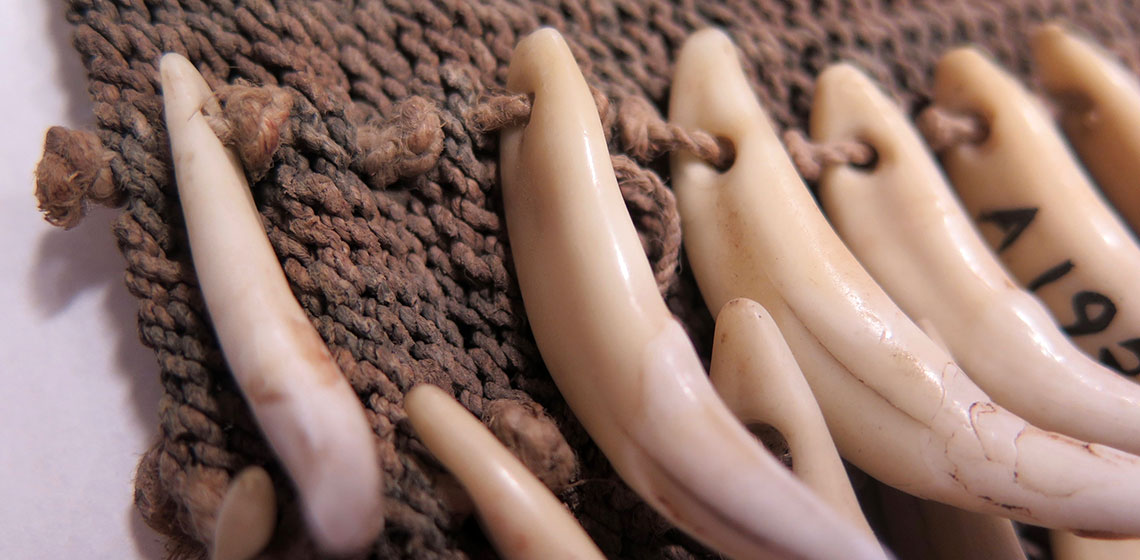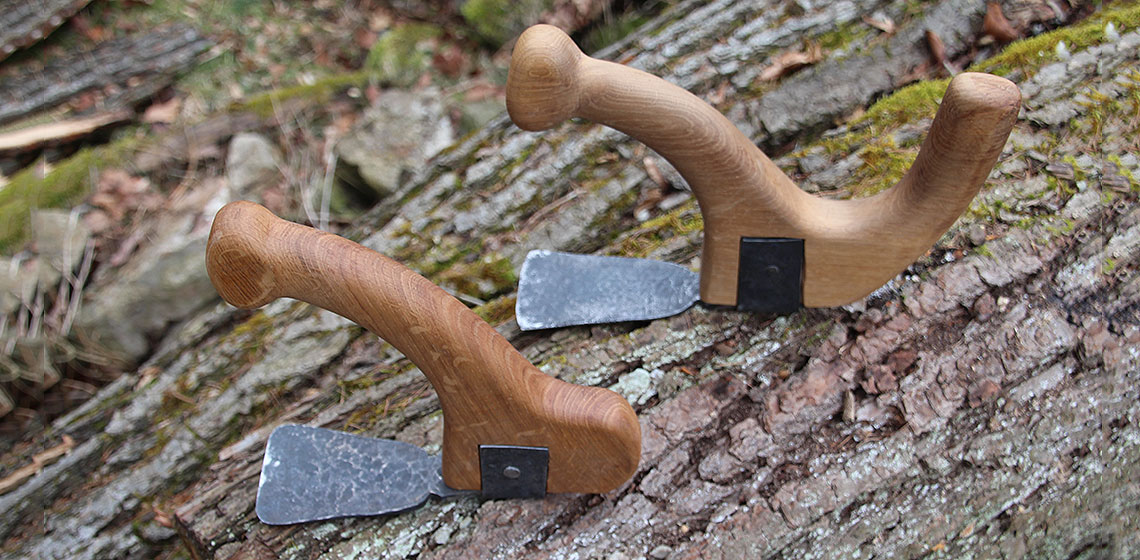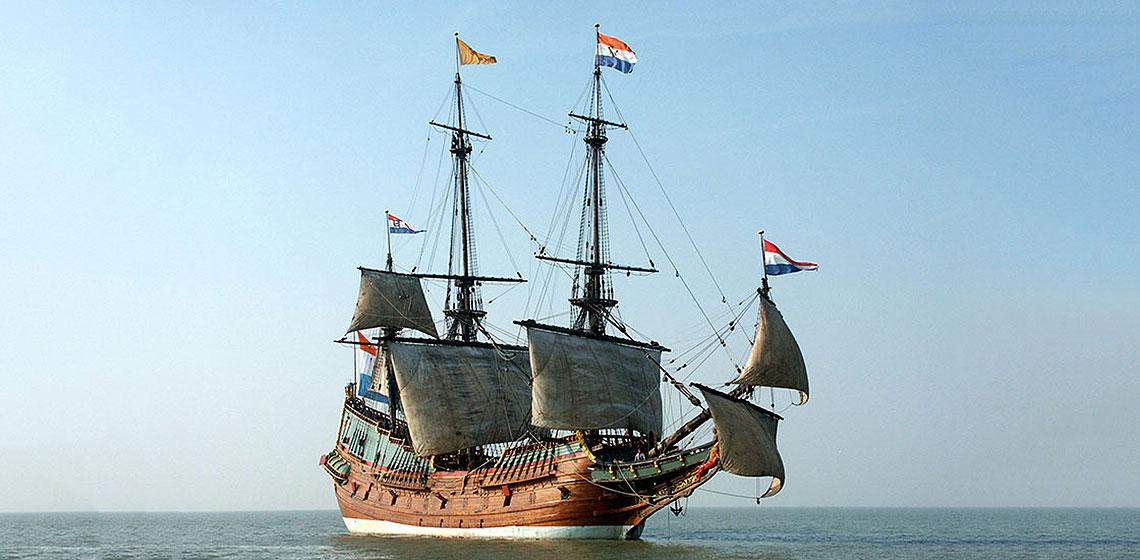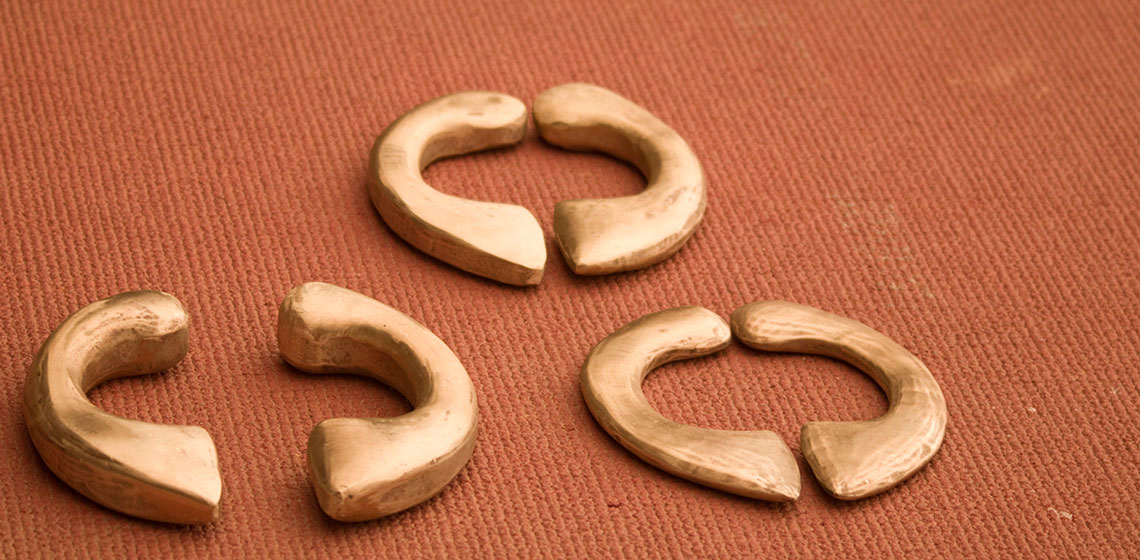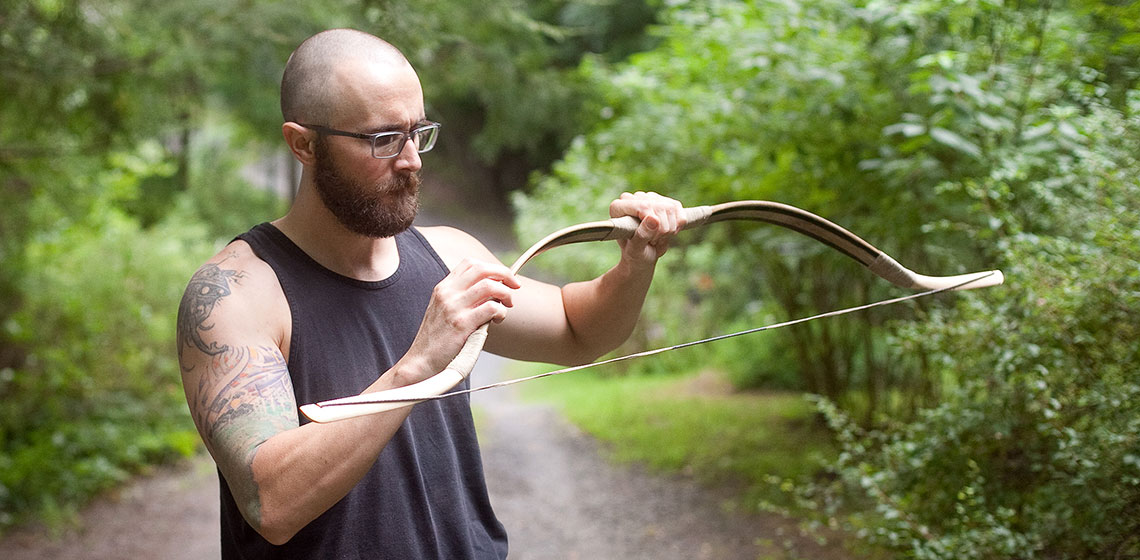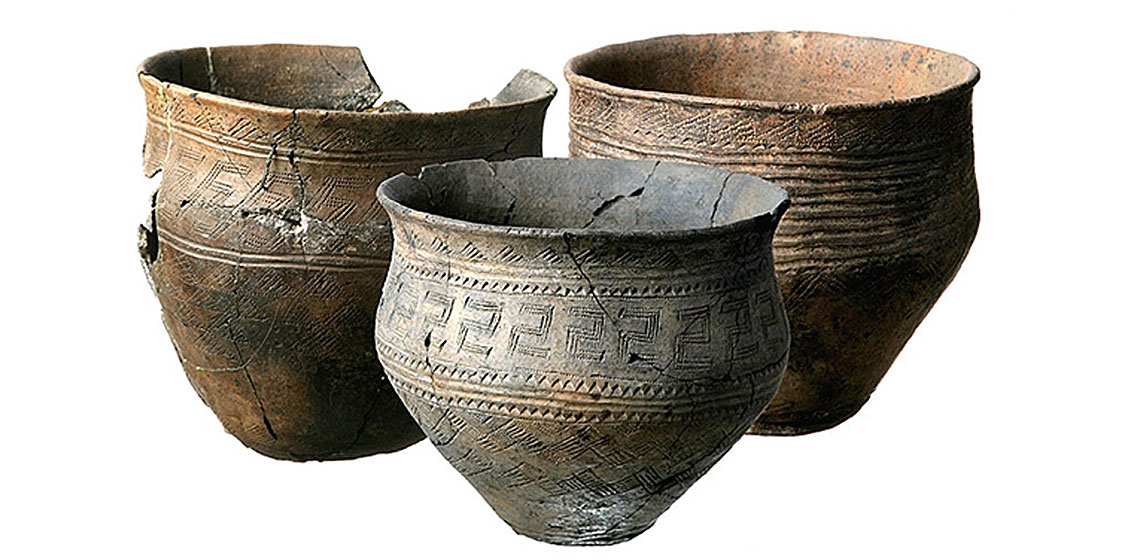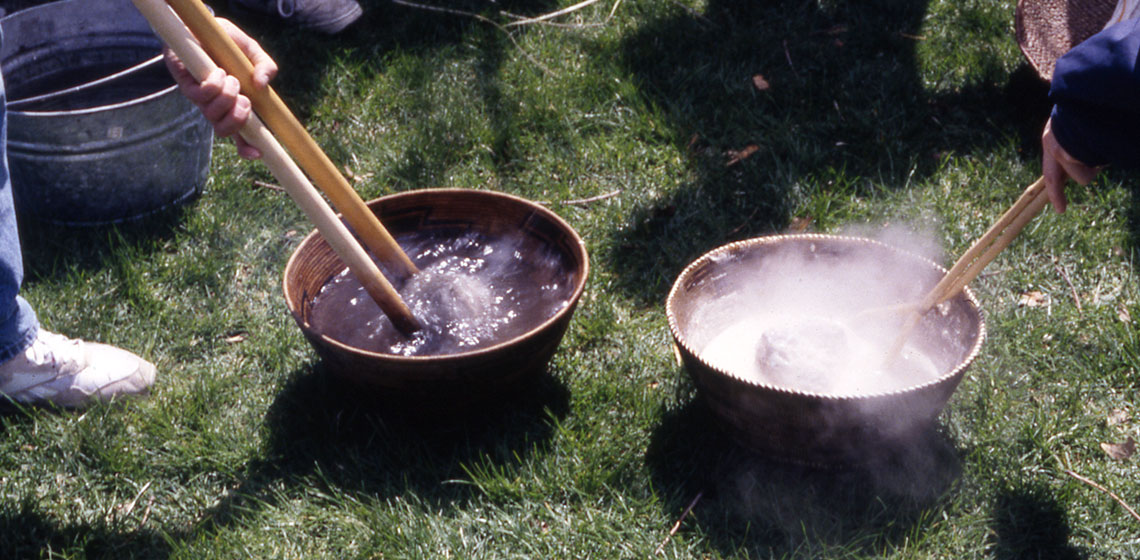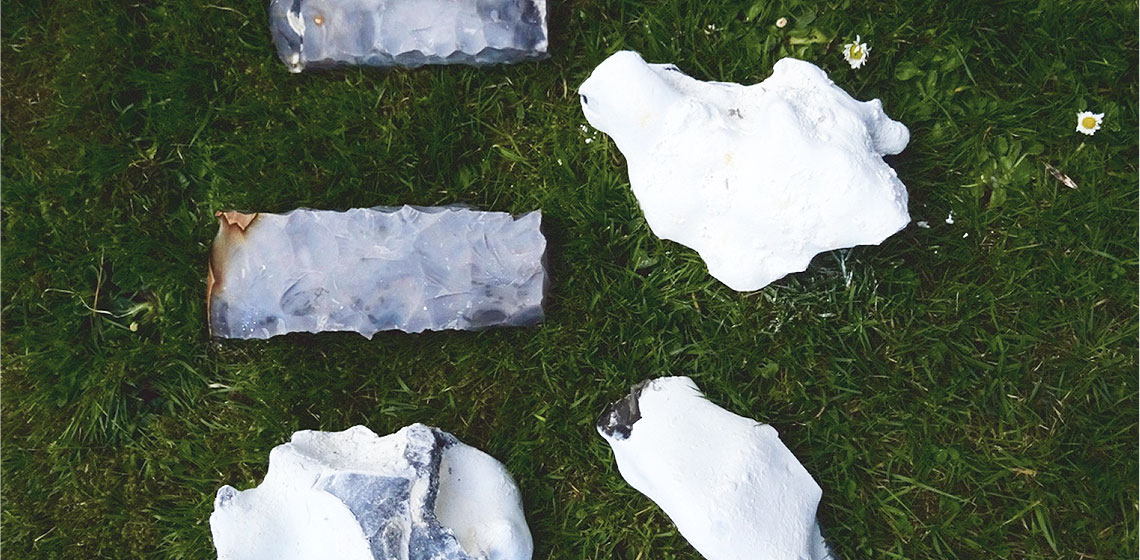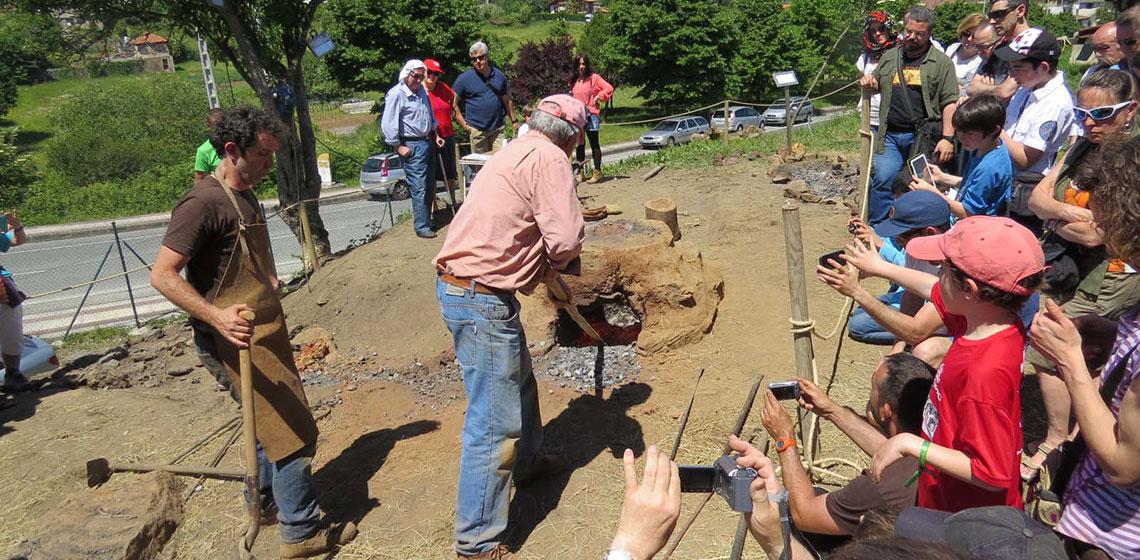Ancient Technology
Animal Teeth in a Late Mesolithic Woman’s Grave, Reconstructed as a Rattling Ornament on a Baby Pouch
***In one of the Late Mesolithic graves at Skateholm, Sweden, dating from 5500–4800 BC, was buried a woman together with a newborn baby. Altogether 32 perforated wild boar (Sus scrofa) teeth, along with traces of red ochre pigment, were found in this grave. We interpreted these artefacts as a rattling ornament decorating a baby pouch...
Adze-plane, Skeparnon, Multipurpose Adze or Two-handled Adze? Practical Work with an Alleged Predecessor of the Woodworking Plane
***This article presents a practical approach to a Graeco-Roman woodworking tool called “ascia-Hobel” in the archaeological literature, respectively “adze-plane” as the corresponding English term. The tool in question consists of an often semi-circular adze-blade attached to a two-handled shaft and seems to be suited both for chopping and...
Museum Batavialand (NL)
Batavialand is both an indoor museum and a historical shipyard. Here you can see how ships are built and conserved, visit the reconstruction of the 17th century VOC ship the Batavia and find out more about the Dutch role in water management worldwide. There is special attention for the province Flevoland (which includes 450 shipwrecks) and the Zuiderzeeproject.
Batavialand is both an indoor museum and a historical shipyard. Here you can see how ships are built and conserved, visit the reconstruction of the 17th century VOC ship the Batavia and find out more about the Dutch role in water management worldwide...
Reconstruction of the Ancient Greek Long Jump - an Opportunity for Multidisciplinary Collaboration
The Modern Reproduction of a Mongol Era Bow Based on Historical Facts and Ancient Technology Research
Reconstruction of the Geometric Décor Technology of the Bronze Age Ceramics in Siberia
Cooking in Baskets Using Hot Rocks
Recycled Flint Cores as Teaching Tools: Flintknapping at Archaeological Open-Air Museums
Museo de la Mineria del Pais Vasco (ES)
Mining Museum of the Basque Country - Archaeological survey along all the Basque Country to locate “ferrerias de monte”. Selected archaeological digs. Reconstruction of a medieval iron workshop due to realize public demonstrations for experimental archaeometallurgy congresses, schools and general public.
Mining Museum of the Basque Country - Archaeological survey along all the Basque Country to locate “ferrerias de monte”. Selected archaeological digs. Reconstruction of a medieval iron workshop due to realize public demonstrations for experimental archaeometallurgy congresses, schools and general public...

